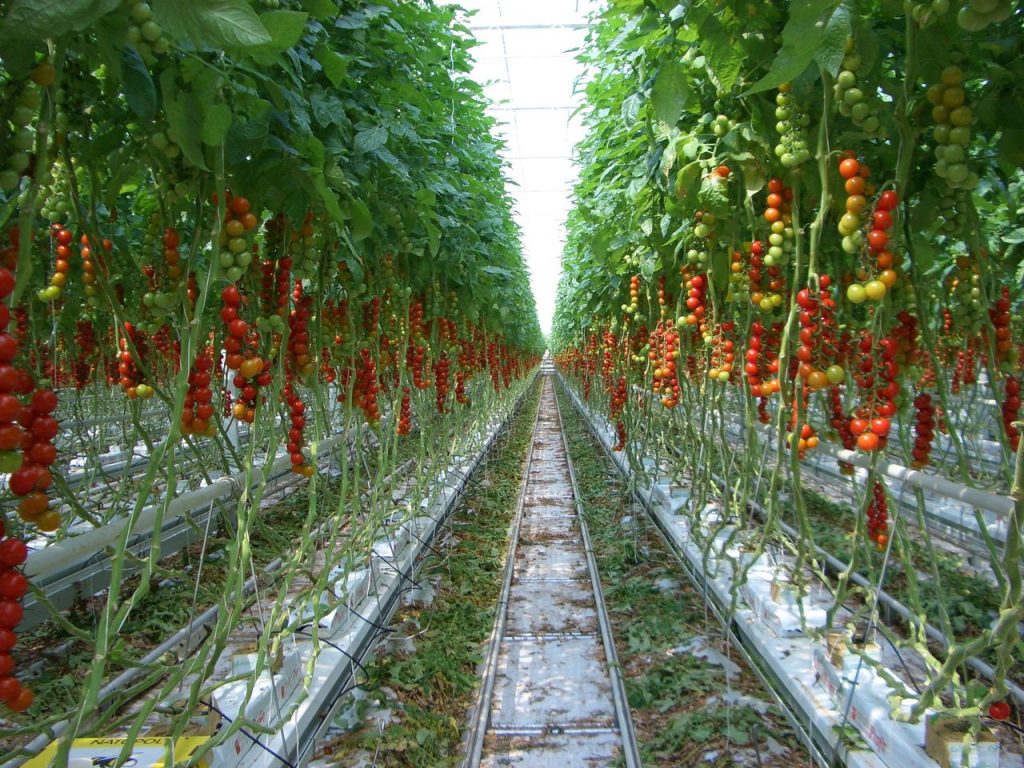If you are looking into hydroponics and want to grow tomatoes through the process, you have landed on just the right page. In this article we are going to talk about anything and everything related to growing hydroponic tomatoes .
For those of you who are new to the concept of hydroponics, it is essentially growing your plants without soil. In place of soil, a nutrient medium is used. For more details on hydroponics, you might want to take a look at our previous blogs. There is a lot of thought that goes through hydroponics as most of its method is based on scientific principles. Through careful scientific observations and experiments, you can easily nail perfect growth of any plants that you might want to grow in your garden.
To begin with we are going to talk about the basics of Hydroponics for any plant or crops be it tomatoes, kale etc. As hydroponics is basically soil less farming we need to make sure that the nutrients supplied to the plant through soil must be substituted in one way or another. For this purpose, nutrient mixes containing various minerals required for the plant growth are mixed with water and the plants are planted into the same solution.
Where to begin?
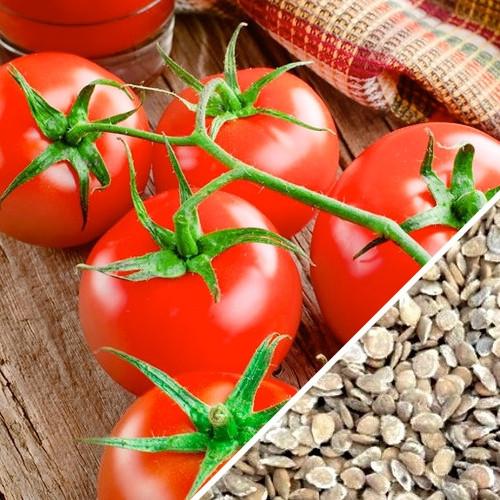
If you are not new to the concept of Hydroponics, you would know that for the most part, hydroponics works best with saplings. Sure you could grow it straight out of a seed too but this could take a very long time. The germination of a seed is best suited to soil based gardening. So to begin with hydroponic tomato breeding, you might want to take the easier way out and plant a sapling.
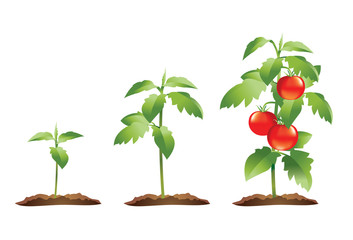
Tomatoes belong to the fruit family. If you have ever had a stale or sapless or a dehydrated fruit, you would know that it’s not the best feeling. For both commercial and home purposes you would want to get the best out of what you grow. If you don’t know what you are doing when breeding any fruit plant, you might want to skip the idea altogether.
Fruits if not grown properly, might not be of much use and in reality a waste. Fruit plants need to be kept healthy and for that purpose a lot of efforts and experience is required. It is best to avoid growing fruits and go for the more green variants of plants. These may include leafy vegetables like lettuce, spinach etc. These are comparatively easier to grow and maintain.
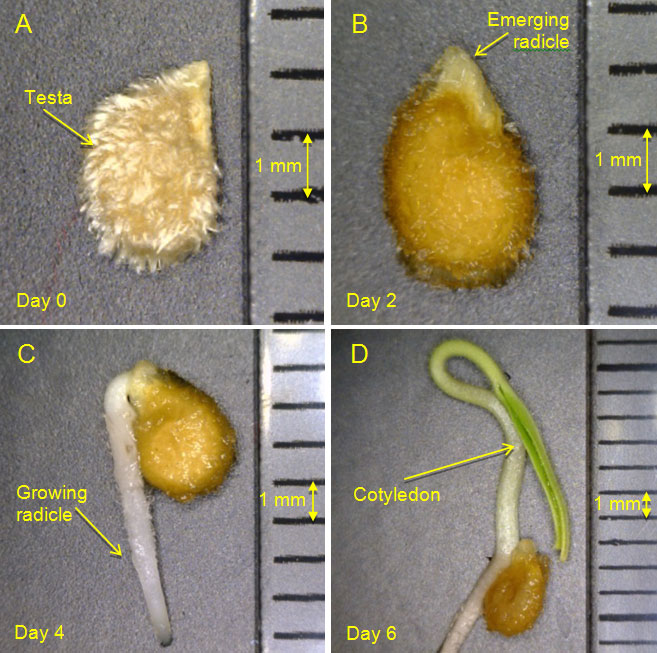
But if you are adamant and sure about growing tomato plants, here’s a guide on what to do and what to avoid. These are all expert tips that have worked for most people and will work for you too as long as you follow them with utmost care and precaution. In the end it is only your efforts and care, what makes or breaks your garden.
What to avoid?
Avoid outdoor grown varieties of tomatoes. I know I know, how else are you supposed to get saplings. While most stores might claim to have grown their plant through the indoor process of gardening, they might only be doing this to sell for their products.
The problem with outdoor grown varieties is that they might contain diseases which might create problems in hindsight. To ensure proper plant growth and best results, you could either go to a hydroponics gardener you trust or grow it at home. This sound like too much trouble and we understand that too but tomatoes can a tricky plant to nail and you don’t want to go through all the trouble of growing the plant only to find your plant and fruits to be stunted.
How do you grow sapling indoor, you might ask. Well to do that you’ll need a tray, some perlite or rock wool and a pH test kit. Perlite is a cheaper option but rockwool caters specifically to tomato plants. To grow your sapling the seed need to be germinated in a mixture of perlite/rockwool along with water of pH 4.5 layed down on a tray.
Once the seeds germinate and take form of saplings we can further carry out the process of hydroponics as it goes. As hydroponic is based on scientific principles it can be very apparently observed that every plant is different. So of course, the method for growing tomatoes hydroponically might be slightly different from the method of supposedly growing kale hydroponically, but as long as you stick to the rules you will be fine.
What is the exact process?
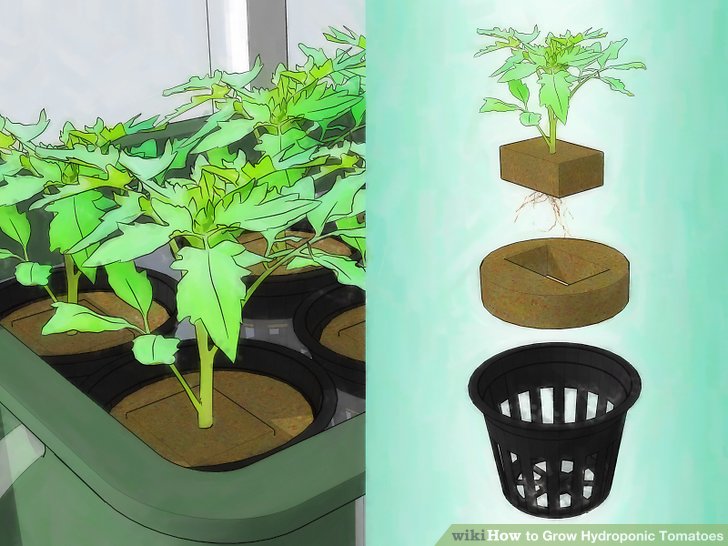
Like I mentioned before, different plants grow differently so to make sure that you are treating your tomato plant right, you must first make use of already available knowledge of how to grow tomatoes hydroponically. There are various reference books available online. The most useful and the most referred to are the following:-
Hydroponic Tomatoes by Howard M Resh
This book written Howard Resh curated specifically for the hydroponic tomato growers in itself speaks about the difficulty of the growing of the plant. Its methods are different enough to form an entire book and we are grateful to have one. This has all of the steps to growing tomatoes hydroponically explained in detail. This book was published in the year 1993 and is to this date one of the most preferably read books for growing tomatoes. This book is available on Amazon and is 146 pages long.
Hydroponic Tomato Production by Jack Ross
This book by Jack Ross was published on the year 1998. It shed light on the difference in the method of growing and cultivation for the tomato plant. It provides and overview over the whole subject of hydroponics along with elaborate steps and explanation on how to grow Hydroponic tomatoes. This book is also available on Amazon and is over 200 pages long.
All of the above mentioned books would set you on the right path and make you sure of your actions while growing hydroponic tomatoes.
What next?
Once you are done reading and referring it comes down to practical knowledge. Now you know what to do and how to do it, but what are the preferred nutrients, the life cycle etc? Well come find out
Preferred nutrients
What nutrients should you use or if put more accurately, what nutrients does your tomato plant need? First we start with the pH of water used. The pH of the water should be kept between 5 to 7 for maximum yield.

They require a low nitrogen level as compared to any other plant so any nutrient mix with low nitrogen compounds and more of an iron level works best for tomato plants. In tomato the most required element is iron closely followed chlorine and manganese.
This why growing Tomatoes is comparatively more difficult as it has very specific needs which are different from most other hydroponically grown plants. For the purpose of catering the perfect amount of the required minerals you can make use of the separately available minerals. One of such nutrient mixes are the micronutrient products made available by city green. These are nitrogen, potassium and phosphate nutrients which are placed separately for separate use.
Atmosphere
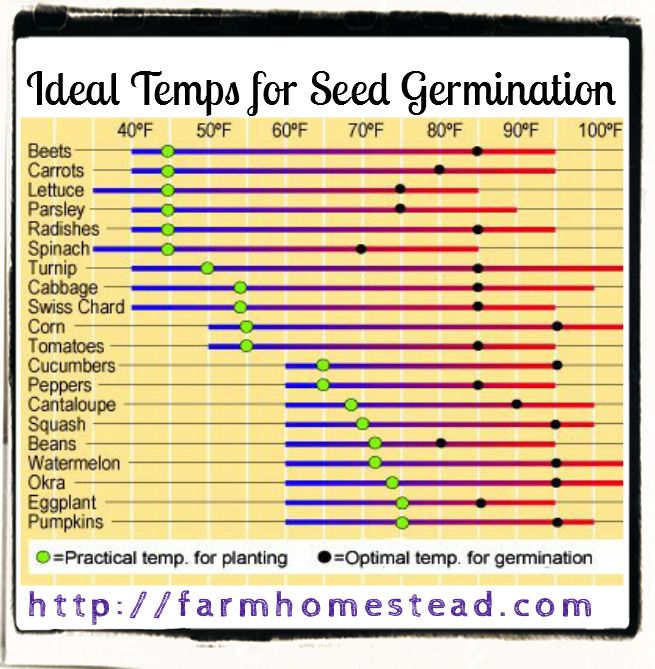
As tomato plants majorly grow in summers, the best temperature and climate condition for these plants is mainly hot and dry/ humid. It is necessary to maintain a specific temperature while breeding tomato plants as they are fruit varieties and need a specific type of environment to grow properly.
Tomatoes are seasonal and require a temperature range of 65 to 75 Fahrenheit during the day and at night a constant cool temperature of 12 to 18 degree celsius must be maintained. Fruits are very difficult to maintain and need to be provided with their very specific environment for good results.
Lighting
A very major part of plant growth and life is light. Use of artificial light has gained popularity since the past few years in the field of hydroponics. As most of the nutrients are made available to hydroponic plants artificially in a scientific manner, artificial light can also help in boosting the rate of growth and yield of the plants. Artificial light like LED lights can be used to speed up the life cycle of tomato plants. These lights don’t give off heat and hence can be used to give light to the plants.
Moulding
Tomato plants are creepers and can be given a specific direction during their growth. A perfect structure given to the plants can cause a great effect on the yield and the health of the plant. Given the plant a sturdy structure growing vertically upwards is considered the best for tomato plants. It may not come off as much but having a good sturdy structure will help grow better fruits on the plant.
Another ritual that you must follow to maintain the health of your plant at the best your capacity is to remove the yellowed leaves and basically any infected parts of the plants that could adversely affect the health of your plant and the resultant fruit. This helps curb diseases which is also something that might change the health of your plant for the better.
So all in all, is growing tomatoes hydroponically a cakewalk? No. While it might not be a child’s play, growing tomatoes hydroponically comes with its own set of advantages. You get to have fresh home grown fruits with absolutely no harm to health and you get to nurture your hobby of gardening as this is one of the more challenging aspects of it.
Does it require a special set of skills to do it? No, unless those skills are patience and the will to care for your plants. Any gardener can grow perfectly good tomatoes hydroponically as long as they are dedicated and want to do it. All you need is saplings, the right instructions, the right equipments and a whole lot of patience.
Would you want to go through all of that trouble instead of just growing any other plant? No of course not but if it is something that you want to do, there is nothing that can stop you once you know how to do it. Once you have your right way, it will eventually become easier to grow them. Till then you will have to take care of the most minute of details because that’s what comes with great rewards, the path to them.

